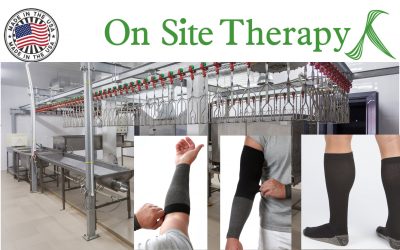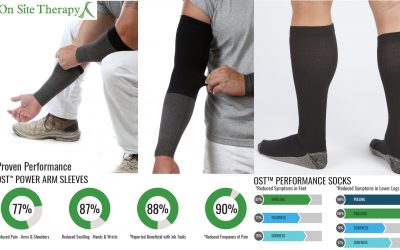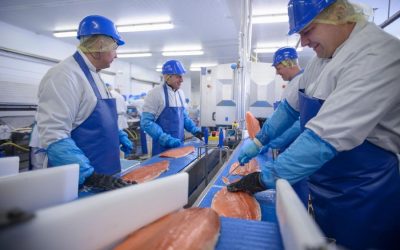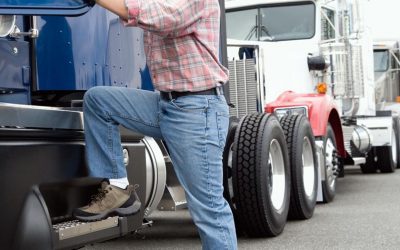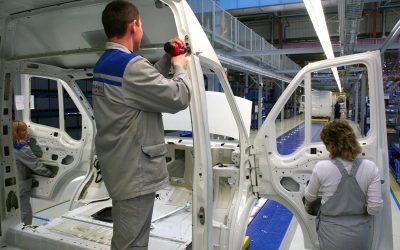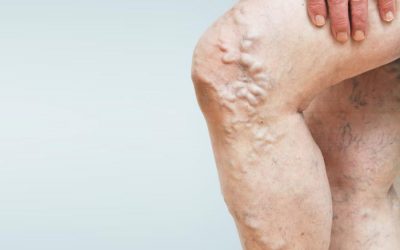Special Report
The Industrial Athlete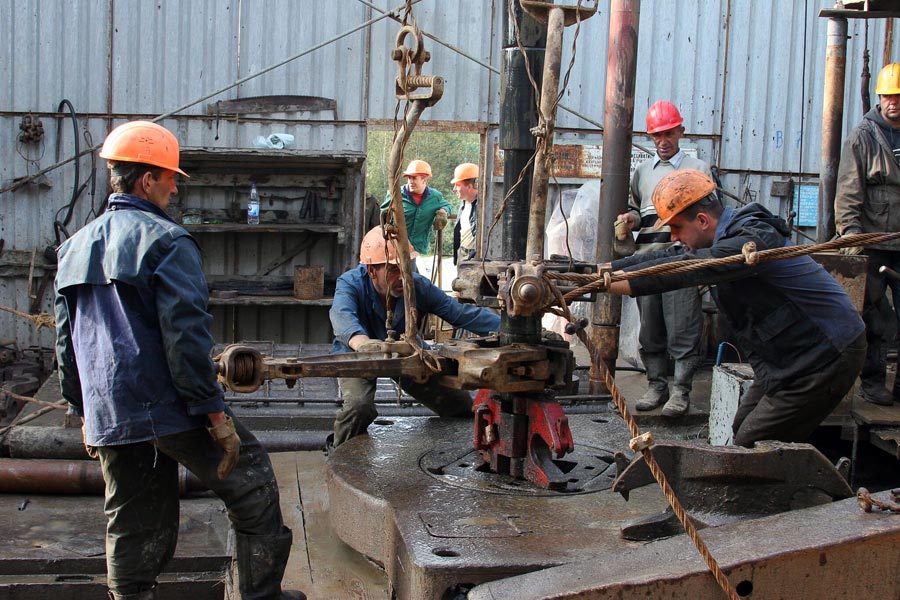
Special Report: The Industrial Athlete
The physicality of WORK is often compared to that of SPORTS. This is so much the case that more and more we hear the label “industrial athlete” being used by many corporate injury prevention & wellness programs. But what are the physical similarities between sports & work? And what are the differences when considering how to improve work performance?
Work is designed to directly elicit fatigue. Work occurs over long periods of time, or shifts, consists of physical demands performed within essential functions that are structured around intermittent scheduled rest breaks. While in contrast, sports are often designed with high energy requirements and frequent rest breaks for recovery. Athletes may only compete 1 to 2 times per week while the “Industrial Athlete” will work shifts extending 5-7 days in a row. With musculoskeletal disorders (MSDs) costing an estimated $127.4 billion dollars annually (AAOS, 2008) and identified workplace risk factors all resultant to a worker’s fatigue, On Site Therapy, LLC is positioned as the leader to provide Ergonomic & Fatigue Management Solutions.
On Site Therapy (OST) is a leader in Occupational Medicine and the first to combine the knowledge & skills from the fields of Sports Science, Work Analysis (MODAPTS®), Injury Prevention, and Occupational Lymphatics. At the center of our approach are Fatigue Management Programs and Compression Products focused on the impact of the one common metric found in both Sports & Work…. TIME. Whether considering a need to maximize performance in competition, reduce workplace musculoskeletal injuries, or establish ergonomic improvements in production & efficiency, you must first have methods to address the physiological impact of Time AND Fatigue.
Meat Processing Industry – Wearable Wellness Solutions
Given the recent media coverage on the Meat Processing Industry due to COVID-19 Pandemic it may be helpful to expand our understanding of the efforts of everyone from the Production Line Worker, Safety, Occupational Health Nurses, and the Companies supporting the...
HOW CAN FATIGUE – SORENESS – PAIN IMPACT EMPLOYEE TURNOVER?
Industries with high rates of employee turnover recognize the challenges in finding qualified persons who can learn the skills, demonstrate physical abilities, and achieve employee retention. Each new employee is an investment of time and money to educate, train, and...
Emerging Use of Compression Wear
The emerging use of compression wear has witnessed decades of validated use in the medical field, recent increased visibility within both amateur & professional sports, and now On Site Therapy® is proud to present the industry’s first line of Occupational...
Special Report – The Cost of Repetitive Strain Injuries
According to the U.S. Department of Labor and the Occupational Safety and Health Administration in addition to spending $20 billion annually on workers’ compensation costs due to Repetitive Strain Injuries, the U.S. spends another $100 billion on lost productivity, employee turnover, and other indirect expenses.
Workplace Hazard – Prolonged Sitting
Prolonged sitting places more stress on the spine, muscles, tendons, ligaments, and cardiovascular system than any other position, or body posture. To date our preventative focus has been with ergonomic seating and most recently sit-to-stand solutions. Although somewhat beneficial these solutions do not address the occupational demands and underlying physiological responses.
Workplace Hazard – Prolonged Standing
Standing at work for prolonged periods is an occupational hazard directly linked to both musculoskeletal injuries and chronic health conditions. Studies consistently report evidence of leg/foot & lower back pain, increased fatigue, and leg swelling associated with occupations with constant standing. Not surprisingly repeated exposure to this physical demand without intervention is costing employers an estimated 2 million lost workdays per year and incurs healthcare spending at an estimated at 3 billion per year.
Special Report: Reduce Fatigue & Injuries – Use Gradient Compression Products at Work
Gradient Compression garments worn over the extremities, i.e. foot to calf & wrist to forearm, deliver a controlled amount of pressure to the underlying musculoskeletal, cardiovascular, and lymphatics systems.
Special Report – Chronic Venous Insufficiency
Venous Insufficiency is the flow of blood through the veins is inadequate and the blood begins to pool in the legs. Over time this problem can and typically will become a diagnosis known as Chronic Venous Insufficiency. Venous Insufficiency directly affects the lymphatic system. Chronic Venous Insufficiency is an advance stage of Venous Insufficiency.


